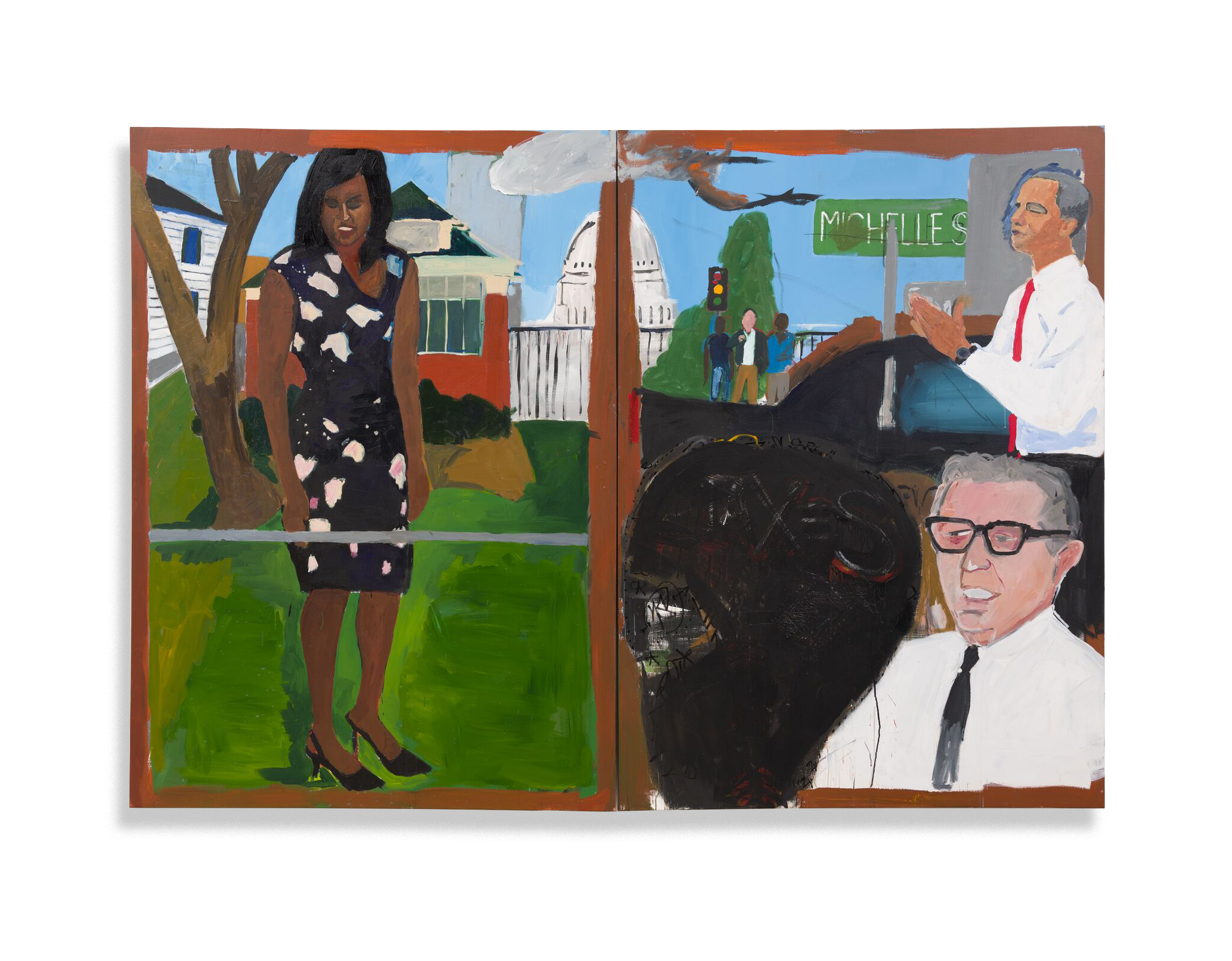Henry Taylor
Untitled
Untitled
$750,000
2020
Acrylic on canvas, 2 parts
Overall: 213.4 x 304.8 x 5.1 cm / 84 x 120 x 2 in
Each: 213.4 x 152.4 x 5.1 cm / 84 x 60 x 2 in
‘I was very interested in how he regarded his subjects, that they were people who were part of his lived experience, not just subject matter. He tries to know the people he paints and uses paintings as the means to do this.’—Charles Gaines [1]
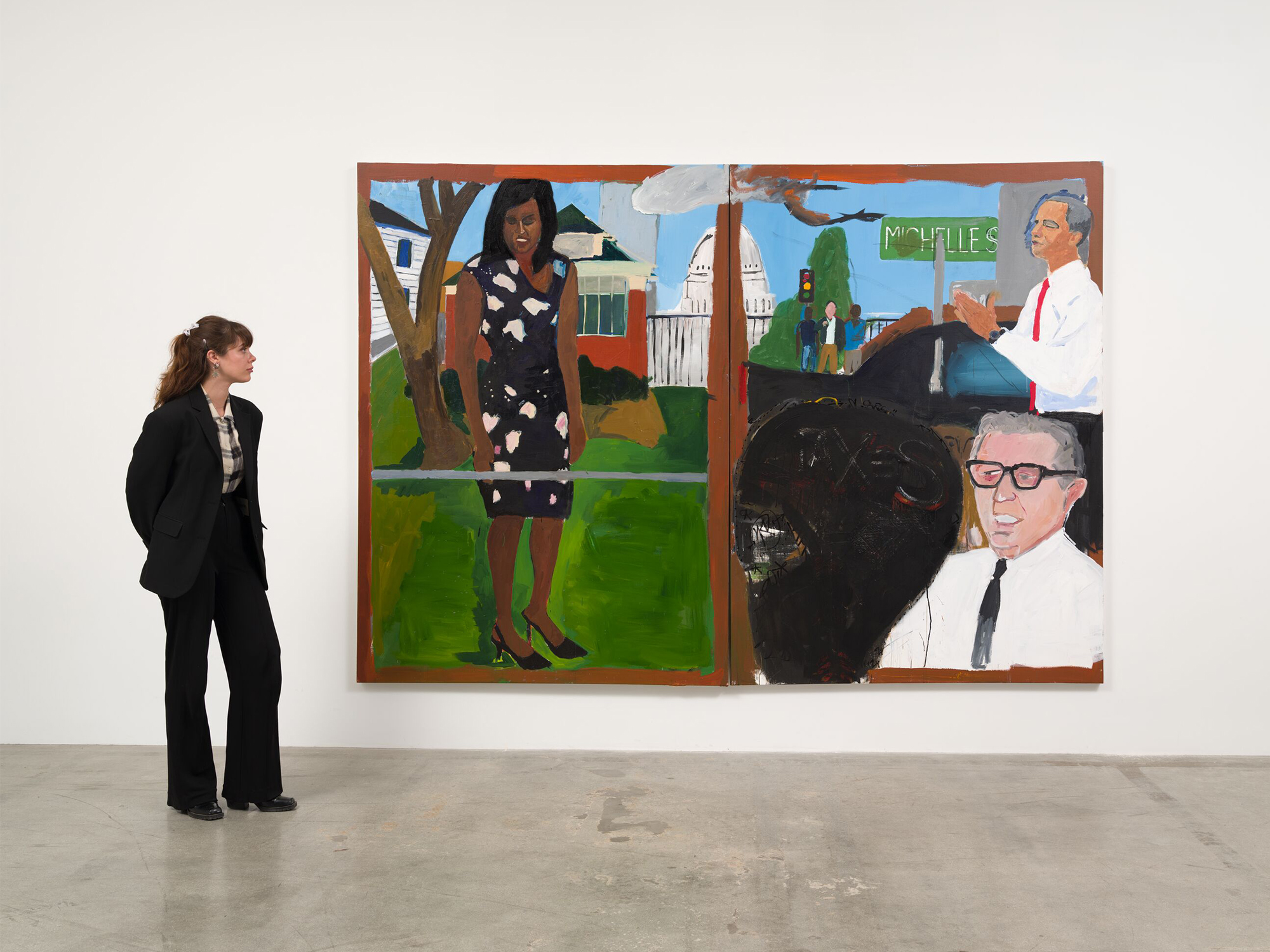
Often mining from his own history and experiences, Henry Taylor’s paintings draw from art history, recent events, personal memories, imagined possibilities, and encounters with family, friends, or strangers. His scenes, full of empathy and a pursuit of truth, are a composite of images and sources he collects, resulting in paintings that span the breadth of the human condition. As pieces of the larger cultural narrative they represent, Taylor’s chosen subjects reveal forces at play, both individualistic and societal. Speaking on his process, Taylor says, “I think I just hunt and gather. I feel sort of voracious”. [2] And this voracity in gathering images, ideas, and objects often prompts a blending of reality with fantasy in his work. With the Capitol centered in the background of two large, unified canvases, Taylor’s ‘Untitled’ (2020) proposes alternatives to our political past, present, and future – another reality in which Pennsylvania Avenue might be re-named Michelle Street.
Dynamically composed, ‘Untitled’ presents an interplay of figures densely packed and ripe with interpretive possibilities. An applauding Barack Obama faces Michelle Obama, who singularly occupies the left panel, in the backyard of her childhood home in Chicago. Here, Taylor’s focus, as it has been before, is on Washington D.C. and the Obamas. Paintings such as ‘Cicely and Miles Visit the Obamas’ (2017) and 'Go Next Door and Ask Michelle’s Momma Mrs Robinson if I Can Borrow 20 Dollars Til Next Week?' (2017) feed into the fantastical collision of historical figures and personal histories.
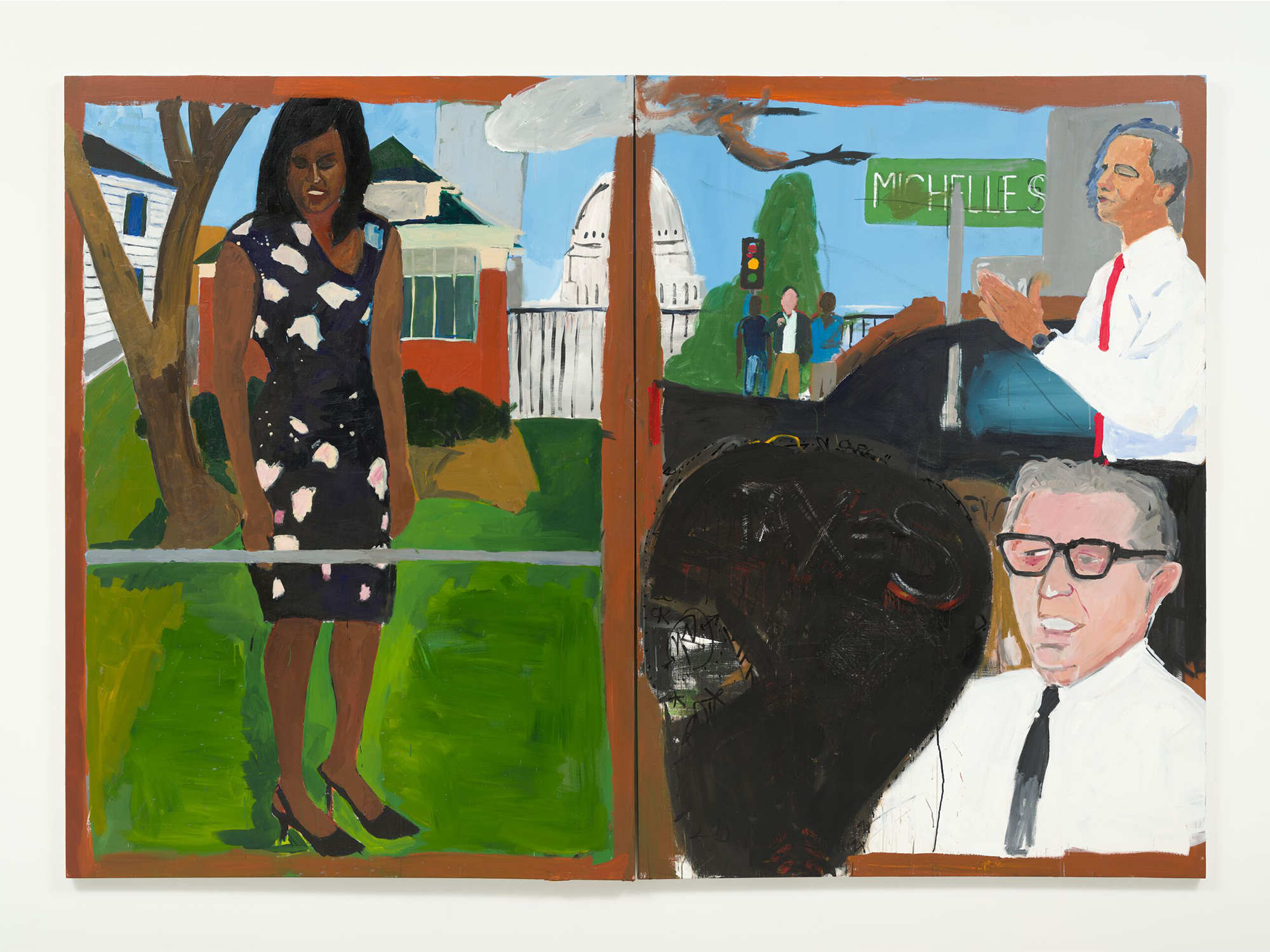
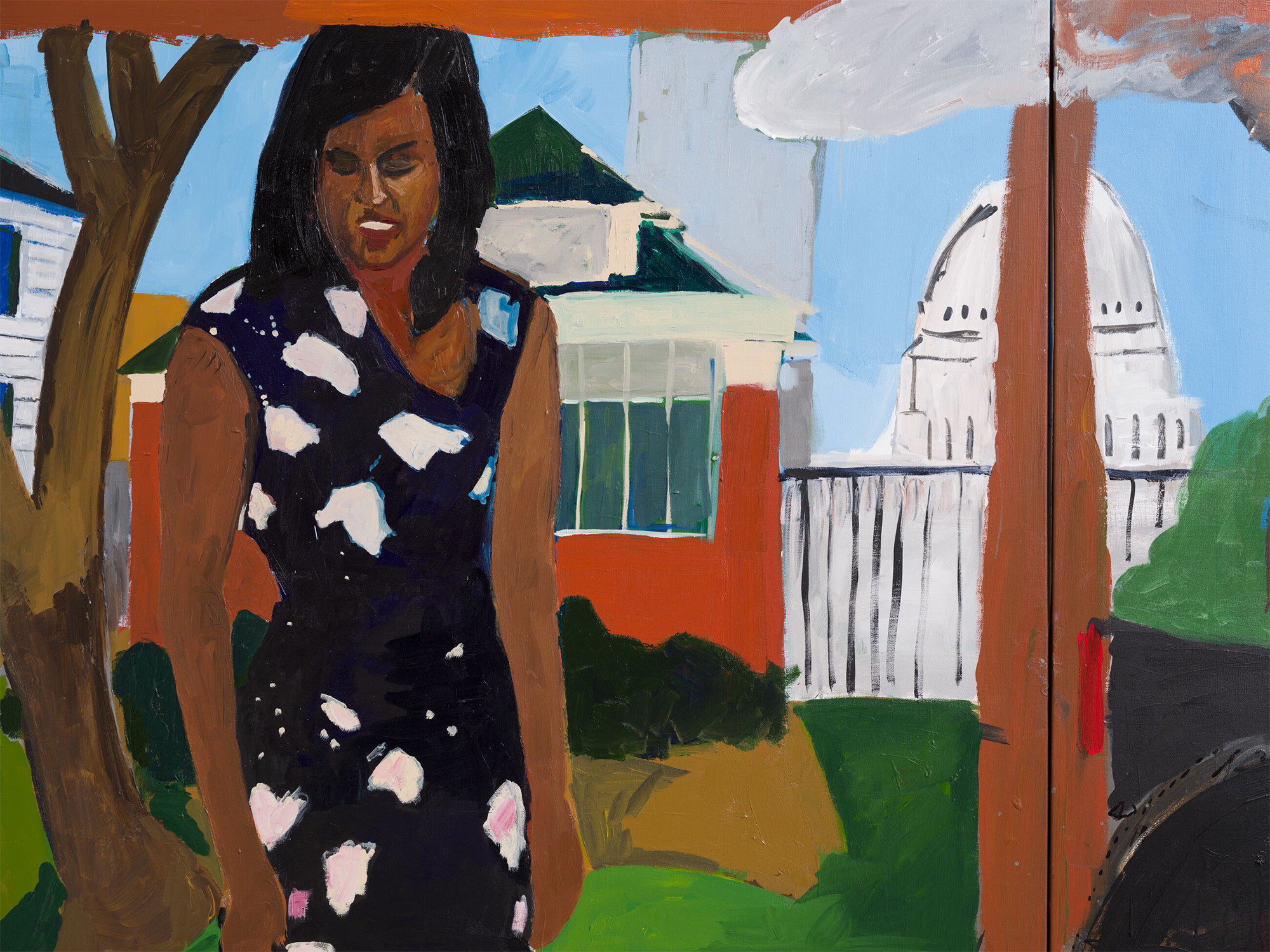
Quick and prolific, Taylor paints with instinct and sometimes through the night – incessant and insatiable – much like Philip Guston, who he references both overtly and subtly in his work. In ‘Untitled’, a colossal, black head is presented in profile, with a large gazing eye akin to Guston’s self-portraits in pink and white. Not only positioning himself within the painting, Taylor also invites a deeper blend of abstraction within his representational figuration, mirroring the dreamlike blur of his imagined narrative.
In describing Taylor's work, Zadie Smith writes, ‘[Taylor's] greatest subject is human personality, although, in his portraits, personality is not a matter of literal representation but rather a vibe, a texture, a series of vertical block colors laid out on a horizontal plane. This re-states the obvious fact that seeing is never objective, but the intense level of empathy we meet with in Taylor’s portraits, especially between the artist and his African-American subjects, determines everything we see, from brushstroke to framing to gaze.’ [3]
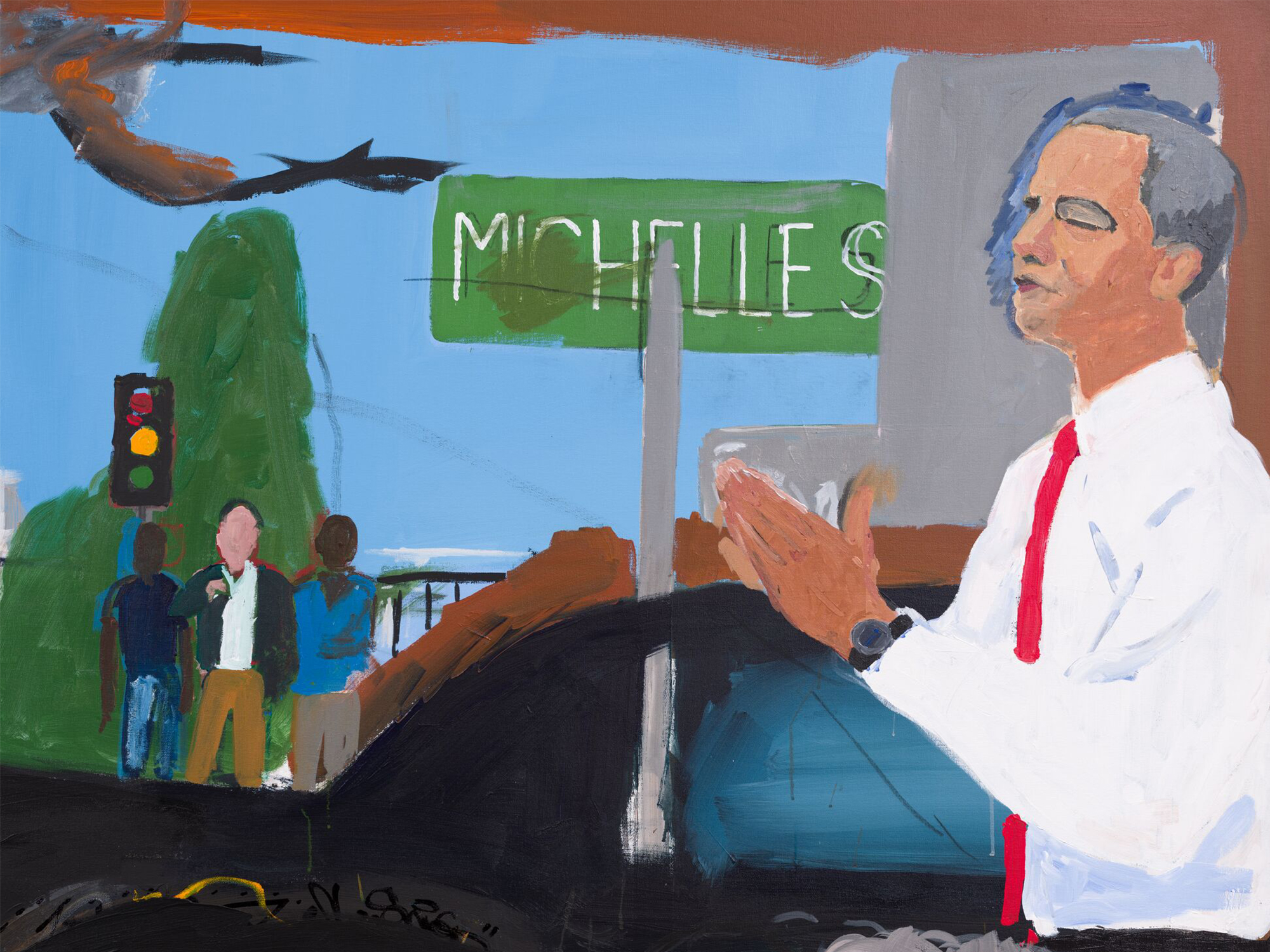

Throughout his four-decade long career, Taylor has consistently and simultaneously both embraced and rejected the tenets of traditional painting as well as any formal label. He has amassed a staggering body of personal work rooted in the people and communities closest to him, often manifested alongside poignant historical or pop-cultural references. With a guiding sense of human connection, Taylor layers reoccurring visual cues associated with his own personal experiences and broader cultural references that lead the viewer through his multifaceted narratives and imagined possibilities.
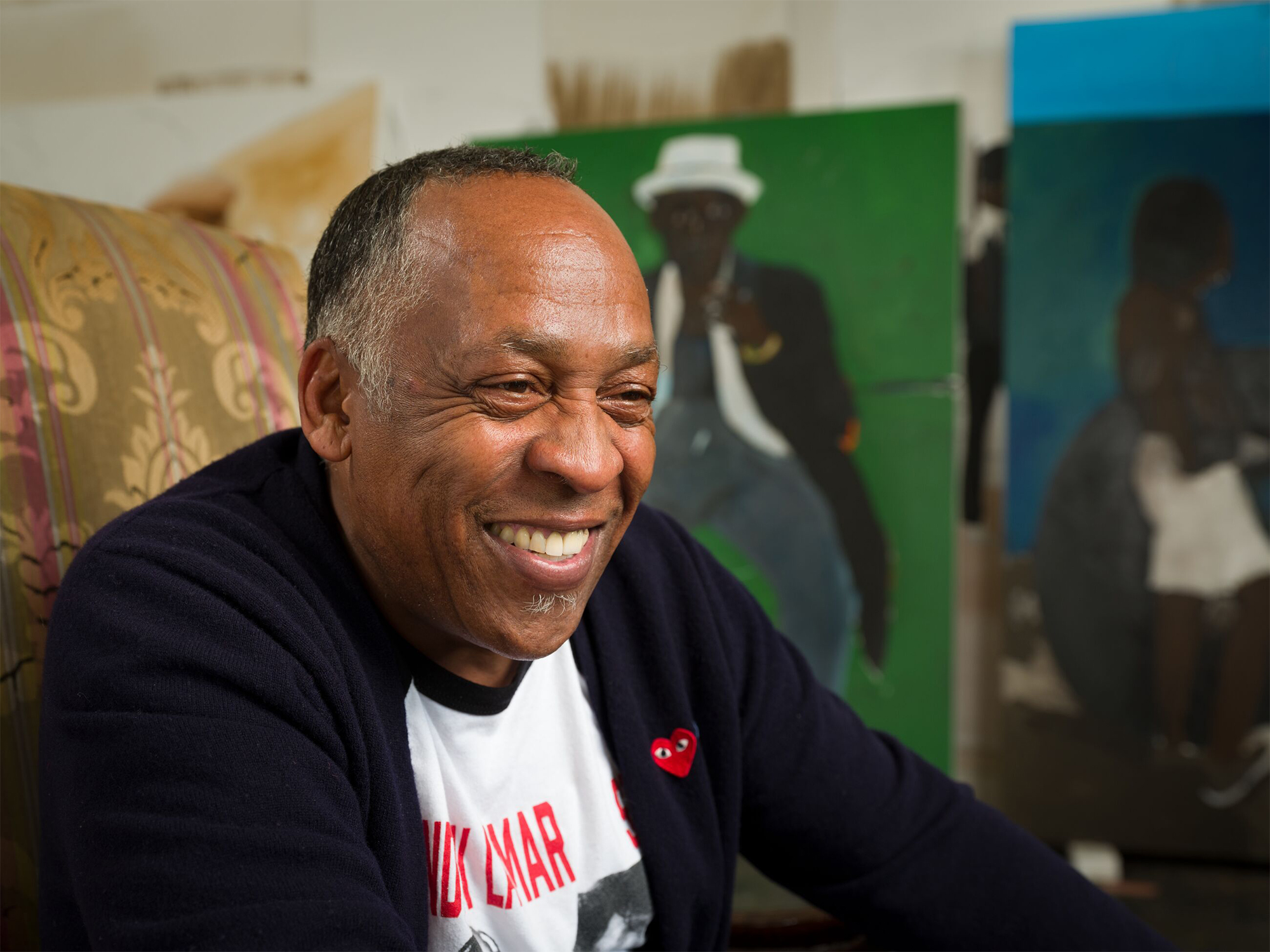
About the artist
 Henry Taylor’s imprint on the American cultural landscape comes from his disruption of tradition. While people figure prominently in Taylor’s work, he rejects the label of portraitist. Taylor’s chosen subjects are only one piece of the larger cultural narrative that they represent: his paintings reveal the forces at play, both individualistic and societal, that come to bear on his subject. The end result is not a mere idealized image, but a complete narrative of a person and his history. Taylor explains this pursuit of representational truth: ‘It’s about respect, because I respect these people. It’s a two-dimensional surface, but they are really three-dimensional beings.’ [4]
Henry Taylor’s imprint on the American cultural landscape comes from his disruption of tradition. While people figure prominently in Taylor’s work, he rejects the label of portraitist. Taylor’s chosen subjects are only one piece of the larger cultural narrative that they represent: his paintings reveal the forces at play, both individualistic and societal, that come to bear on his subject. The end result is not a mere idealized image, but a complete narrative of a person and his history. Taylor explains this pursuit of representational truth: ‘It’s about respect, because I respect these people. It’s a two-dimensional surface, but they are really three-dimensional beings.’ [4]
Portrait of Henry Taylor. Photo: Fredrik Nilsen
All artwork images © Henry Taylor. Photo: Fredrik Nilsen
1.) Charles Gaines in Robin Pogrebin, ‘The ‘Slow Burn’ That Is Henry Taylor’, New York NY: The New York Times, 22 October 2022.
2.) Henry Taylor, interview by Hamza Walker, ‘Artist Henry Taylor takes Europe’, Cultured, 12 June 2017.
3.) Zadie Smith, ‘Henry Taylor’s Pormiscuous Painting’, New York NY: The New Yorker, 23 July 2018.
4.) Sargent, Antwaun, ‘Examining Henry Taylor’s Groundbreaking Paintings of the Black Experience’, on: artsy.com, 16 July 2018



